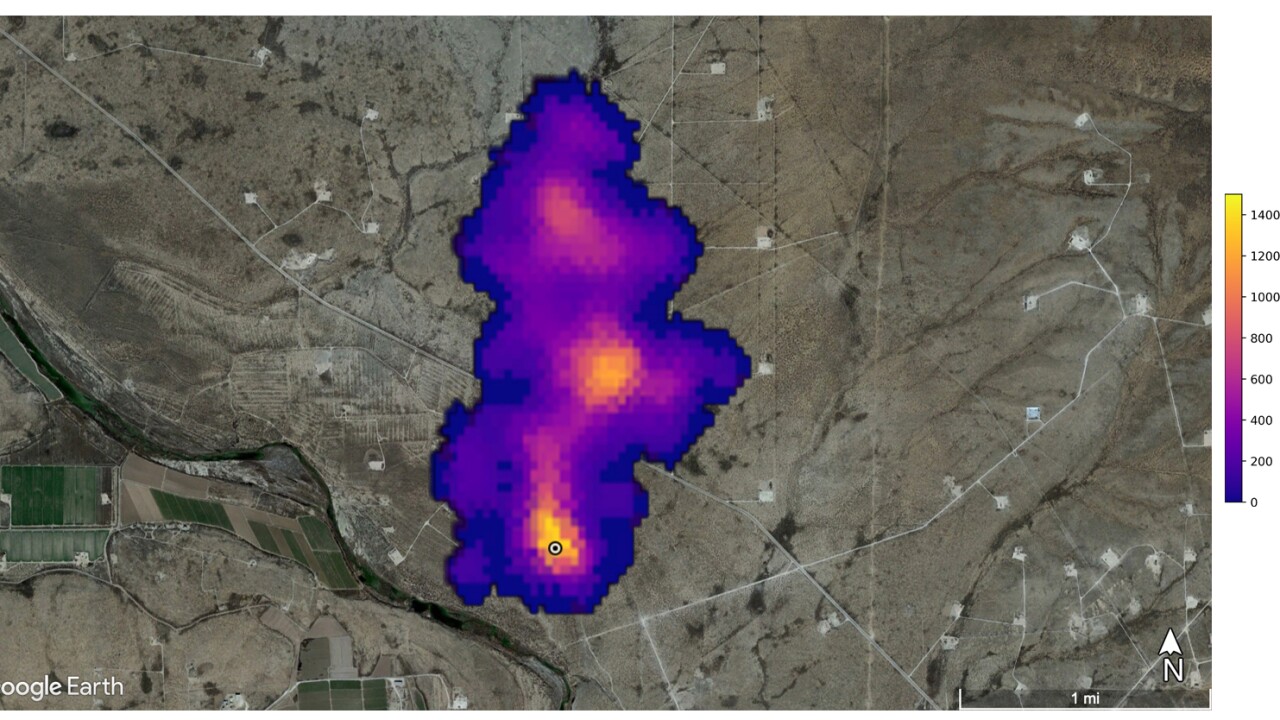NASA scientists are using a powerful tool aboard the International Space Station (ISS) to find and map out large contributors to methane emissions on Earth.
NASA's project has already found more than 50 methane "super-emitters" on Earth in just the first few months that the project has been in operation.
The space agency's Earth Surface Mineral Dust Source Investigation instrument (EMIT) is finding itself extraordinarily useful in mapping out the chemical composition of dust in Earth's desert regions.
It was installed on the ISS in July to help researchers understand how dust affects climate, but has also found huge methane emissions as well.
Bill Nelson, NASA administrator, said, “The International Space Station and NASA’s more than two dozen satellites and instruments in space have long been invaluable in determining changes to the Earth’s climate,” Scientific American reported.
NASA’s EMIT Mission Media Reel from JPLraw on Vimeo.
The ability for the EMIT lens to find methane was considered somewhat of an amazing happenstance.
Robert Green, EMIT principal investigator with NASA’s Jet Propulsion Laboratory (JPL), said, “It turns out that methane also has a spectral signature in the same wavelength range, and that’s what has allowed us to be sensitive to methane.”
Some of the large emitting locations found were a 3-mile-long plume of methane (or natural gas) above a landfill in Iran.
It is said to be pumping some 18,700 pounds of methane into the air each hour.
There are huge plumes of methane from 12 super-emitters in Turkmenistan that researchers spotted. Together researchers estimate they are pumping about 111,000 pounds of methane into Earth's atmosphere each hour.


